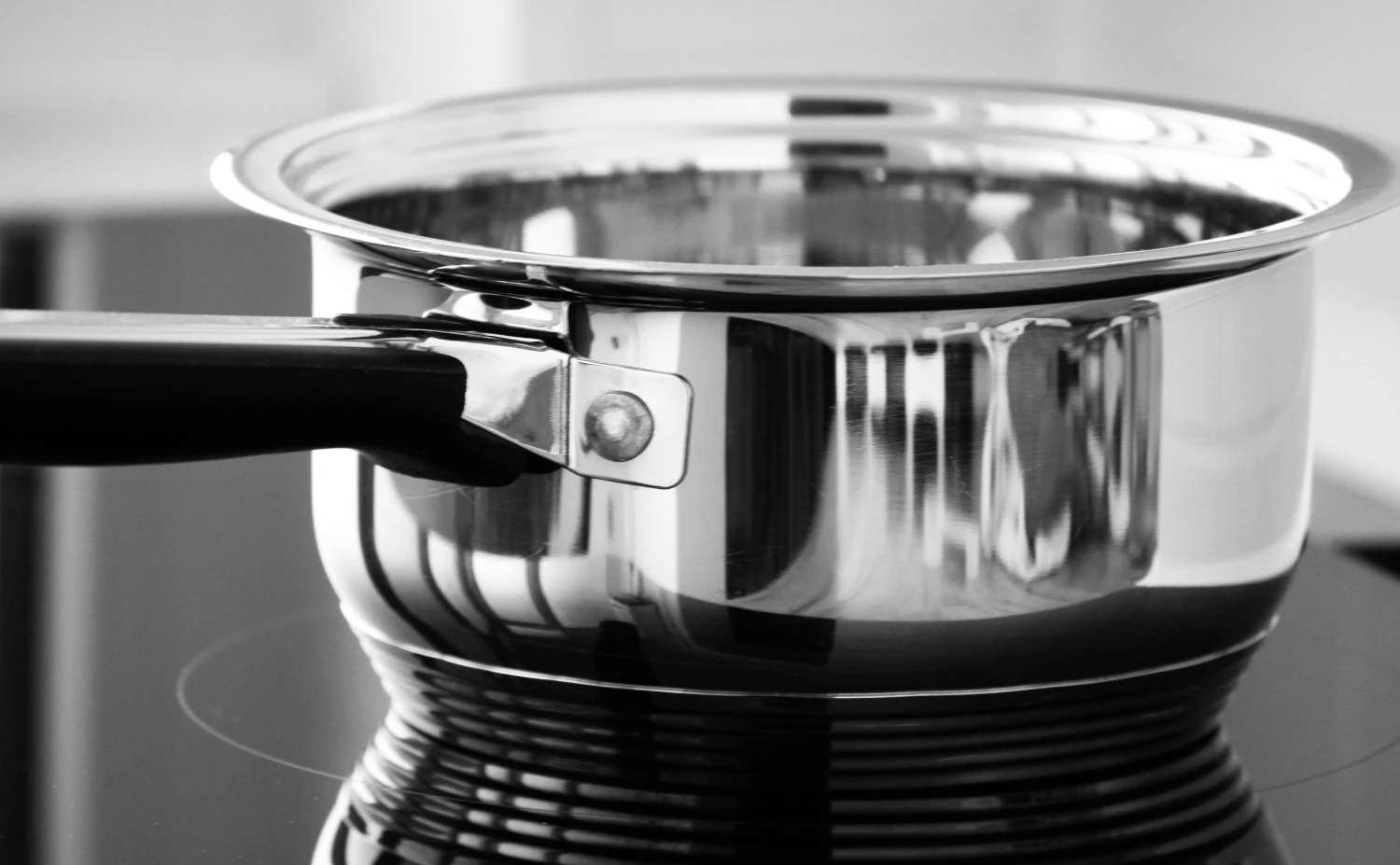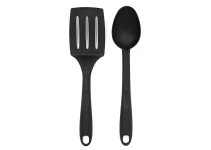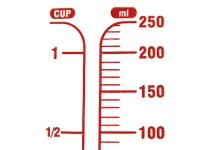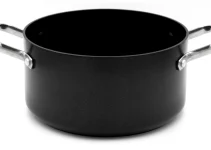The question what is vitroceramic cookware is not exactly the right one we should be asking. Let me explain what I’m talking about.
When we want to know what vitroceramic is, we’re actually referring to a cooking surface, cooking hobs.Thus, we can have vitroceramic hobs or we can have induction hobs.
When we pose the question what is vitroceramic cookware, we’re actually not asking the right question because we are referring to cooktops or stovetops.
So this post is actually going to be a comparison between vitroceramic vs induction hobs because these two look pretty much identical. We’ll have to see what sets them apart.
On the other hand, when we mention the word cookware, we refer to what goes on the stovetops. The pots and pans or dishes that go on the stovetop.
If we say vitroceramic cookware, then we’re talking about the pots and pans that are compatible with these hobs.
What Is Vitroceramic Cookware? Vitroceramic Stovetops

Since some people search for this specific question concerning vitroceramic cookware, I decided to maintain the question.
Just remember that we’re actually talking about a stovetop made of vitroceramic. We’ll see if it’s better than induction or if there’s something that makes it special.
Types of vitroceramic cookware
Before doing that, since we have the term vitroceramic cookware in our title, let’s talk about the pots and pans that can be compatible with this type of cooking surface.
Fortunately, finding compatible vitroceramic cookware is not a problem.
In fact, any type of cookware will work on vitroceramic hobs. That’s nice.
We can use pots and pans made of all types of materials: ceramic, stainless steel, cast iron, aluminum non-stick, copper, glass, claypot, etc.
Of course, manufacturers mention compatibility for their pots and pans. Some of them are compatible with a whole range of surfaces, from gas to induction to ceramic stovetops.
There can also be exceptions so we must always check out this info carefully.
For example, ceramic cookware is most of the time not suitable for induction cooking. Some work for induction but the majority don’t. But that only applies to induction and not to vitroceramic.
Induction hobs are the ones we must pay attention to when it comes to cookware compatibility. It’s the only special one of the bunch.
Cookware that is induction compatible must have an induction base. The bottom of the pan/pot must be made of ferromagnetic metal so that it can work on the hobs that use an electromagnetic field to transfer heat.
Vitroceramic vs induction hobs
What these two have in common is that they’re both electric hobs. That sets them totally apart from gas stovetops.
The difference between vitroceramic and induction is mainly the heat technologies they’re using.
Just as the name suggests, vitroceramic cooktops are made of vitroceramic glass. They were more popular in the past, back in the 90’s.
Nowadays, induction cooktops are becoming almost as popular as gas stovetops.
In the case of vitroceramic hobs, heat is transferred from a coil through the glass-ceramic cooktop. Then, the heat is transferred to the bottom of the pot.
Another thing to mention for this coil-glass-ceramic heating technology is that heating happens in a gradual way, it provides gentle heating to dishes. But that also means that they heat-up more slowly, which is a pretty big con.
In the case of induction, the heat is transferred through an electromagnetic field that is generated by the coil beneath the cooktop. It only works for cookware that has the bottom made of magnetic material.
Once we remove the pot from the induction hob, the hob stops automatically.
The food can be heated up quickly. Induction cooktops are the fastest cooking surfaces, in my opinion.
They’re also more energy efficient.
Vitroceramic hobs are characterized by more heat loss. Since heat is transferred through the glass-ceramic surface before reaching the surface of the pot, it leaves residual heat on the hob’s surface for a longer time.
Another difference to note is that we cannot touch vitroceramic hobs immediately after cooking because the surface is hot.
Induction hobs will not feel hot after use.
All in all, by answering the question what is vitroceramic cookware, we discovered that induction hobs are still a lot better.




